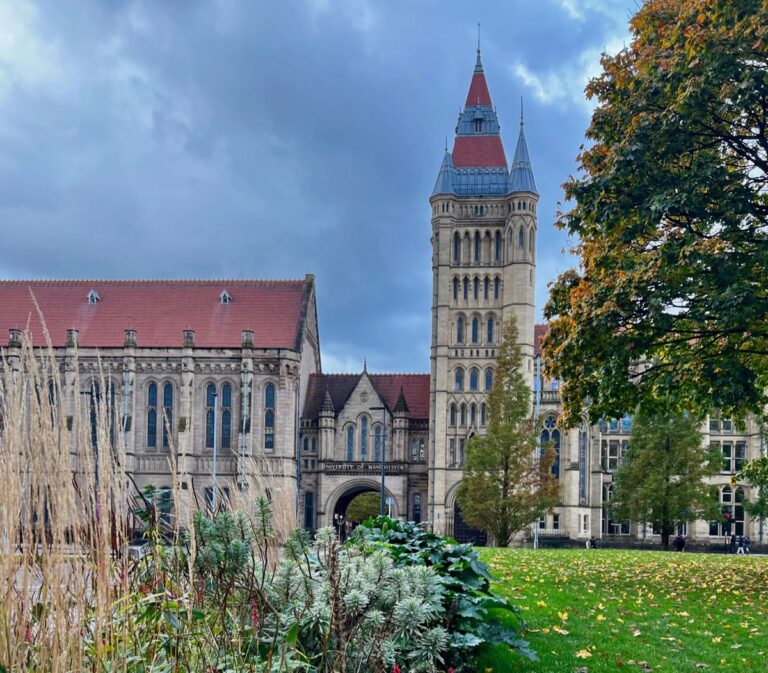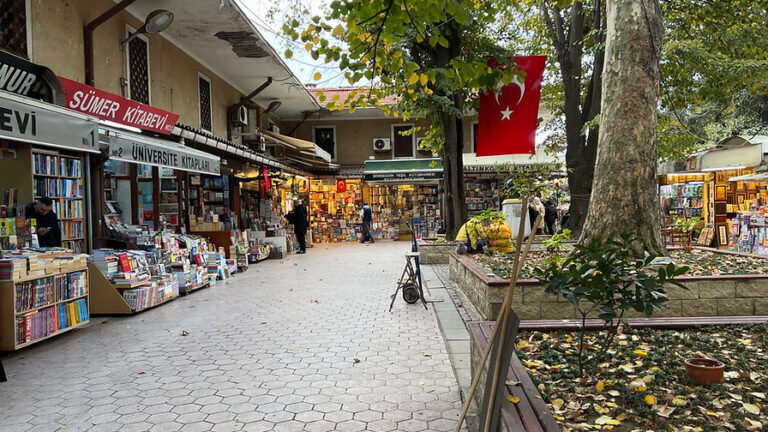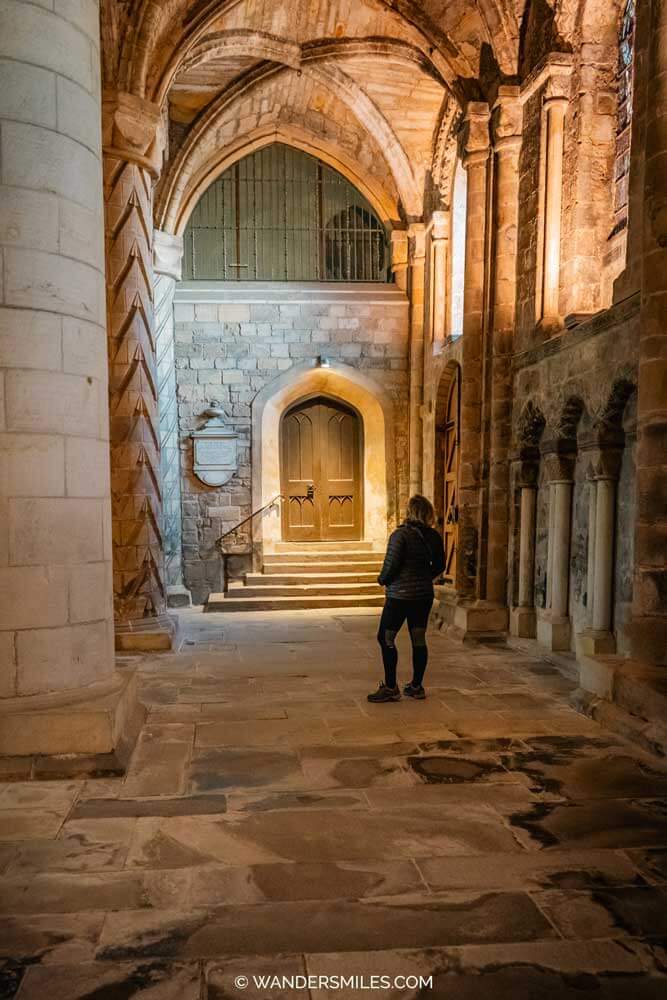Pander Two Way Zipper Fanny Pack Nylon Everywhere Belt Bag for Women, Water Repellent Waist Packs, Crossbody Bags with Adjustable Strap (Black).
$11.99 (as of April 12, 2025 13:55 GMT +00:00 - More info)Embarking on a global adventure to witness the earth’s fiery wonders is truly an unforgettable experience. You’ll get to marvel at the iconic Mount Fuji in Japan, a cultural symbol, and embrace the thrill of Mount Etna in Italy, Europe’s most active volcano. Each destination offers a unique blend of natural beauty and exhilarating excitement that beckons travelers from around the world.
From the towering Mount Kilimanjaro in Tanzania, the world’s tallest free-standing mountain, to the captivating lava displays of Hawaii’s Kilauea, these geological marvels are certain to mesmerize you. Lastly, explore the explosive history and stunning recovery of Mount St. Helens in the USA. Pack your bags and gear up for a journey filled with awe-inspiring sights and unforgettable experiences at some of the world’s most amazing volcanoes!
Mount Fuji, Japan
Mount Fuji is an enchanting blend of natural beauty and spiritual significance that leaves a lasting impression on everyone who visits.
Cultural Significance
You simply can’t talk about Mount Fuji without acknowledging its deep cultural importance to the people of Japan. This iconic peak has inspired countless artworks, poems, and stories over centuries. Revered as a sacred site, many Japanese hold it as the embodiment of beauty and spiritual enlightenment. When you visit, you’ll likely come across numerous shrines and temples on and around the mountain, capturing the essence of Japan’s rich cultural heritage.
Best Hiking Trails
If you’re an avid hiker, Mount Fuji offers several well-marked trails that cater to various skill levels. The Yoshida Trail is a popular choice among first-time climbers. For those seeking a less crowded route, the Fujinomiya Trail offers a steeper but equally rewarding climb. Most trails are best tackled during the official climbing season, typically from early July to early September, offering safer conditions and plenty of facilities along the way.
Seasonal Attractions
Mount Fuji transforms with the seasons, providing unique experiences year-round. In spring, the surrounding area bursts into color with cherry blossoms, creating a picturesque backdrop for the snow-capped peak. Summer is prime climbing season, while autumn brings a stunning display of fall foliage. If you’re interested in winter sports, nearby ski resorts offer plenty of action against the dramatic snowy landscape of Mount Fuji.
Travel Tips
To get the most out of your visit to Mount Fuji, it’s crucial to plan ahead. Make sure to book accommodations and any guided tours well in advance, particularly during peak seasons. Pack appropriately for the weather and be prepared for rapidly changing conditions as you ascend. Always carry sufficient water, food, and basic first-aid supplies. And don’t forget your camera; you’ll definitely want to capture the breathtaking views!
Mount Etna, Italy
Mount Etna stands as a testament to the awe and majesty of nature’s raw power.
Volcanic Activity
Mount Etna is Europe’s most active volcano and regularly puts on a spectacular display of eruptions and lava flows. This constant geological activity has shaped not only the landscape but also the culture and livelihood of the area. Observing Etna’s eruptions at a safe distance is an unforgettable experience; just imagine the sky illuminated by the glowing lava!
Top Guided Tours
For a deep dive into the wonders of Mount Etna, guided tours are highly recommended. Expert guides can lead you safely to the best viewing points while sharing fascinating insights about the volcano’s history and geology. Whether you prefer a jeep tour or a challenging trek, you’ll find plenty of options to suit your preferences. Some tours even include wine tasting at local vineyards that thrive on Etna’s fertile slopes.
Local Cuisine and Wine
Speaking of wine, the volcanic soil of Mount Etna offers a unique terroir that gives the local wines a distinctive flavor. You’ll find many charming wineries where you can sample delicious wines paired with regional specialties like arancini, pasta alla Norma, and fresh seafood. Dining with a view of the volcano adds an extra layer of enjoyment to your culinary adventure.
Safety Precautions
When visiting an active volcano like Mount Etna, safety should always be your top priority. Check the current volcanic activity levels before your trip and follow any guidance issued by local authorities. Always stick to designated paths and listen to your guide’s instructions. Wearing appropriate footwear, protective gear, and carrying a reliable torchlight can also enhance your safety during your visit.
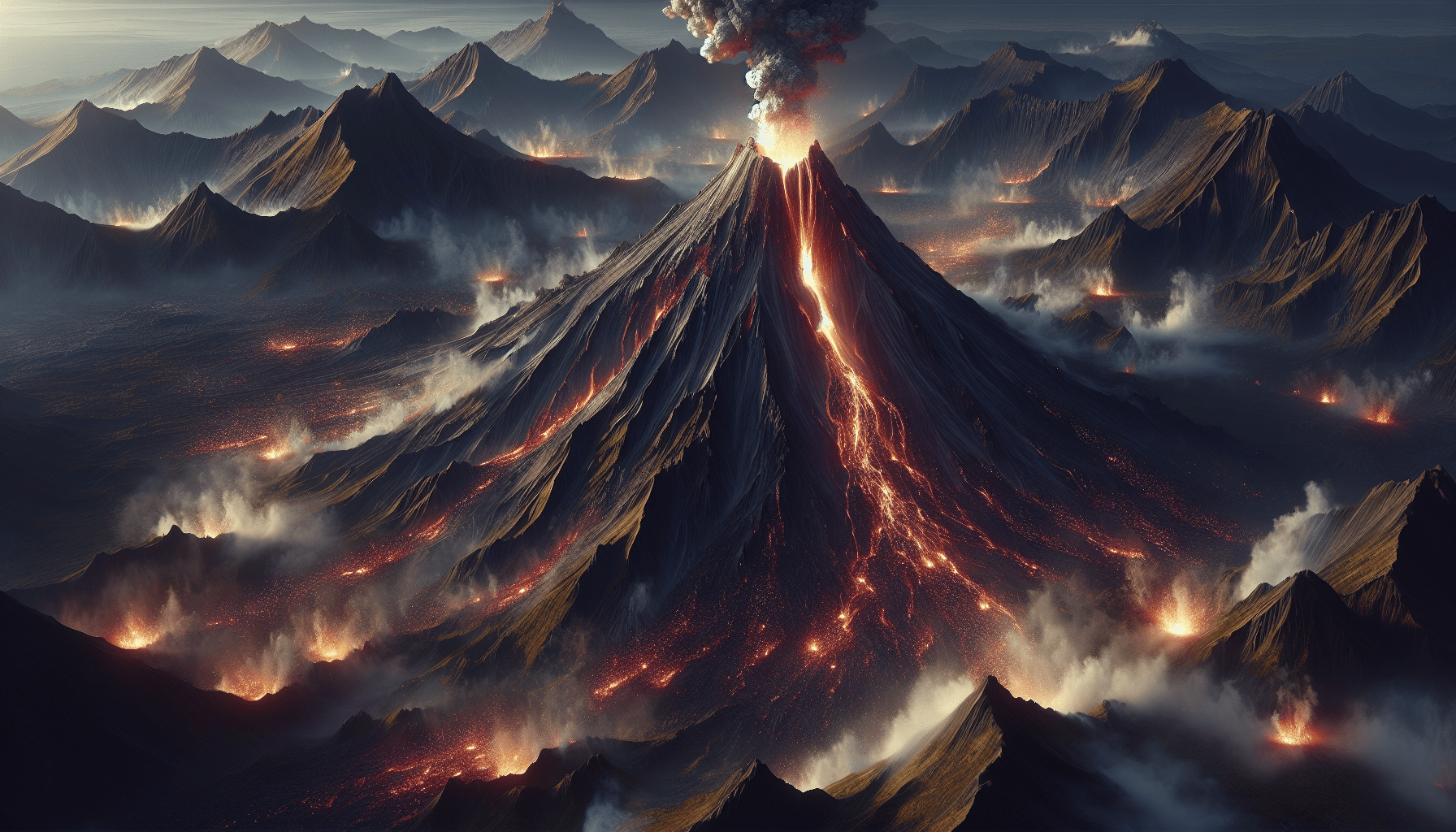
Mount Kilimanjaro, Tanzania
Mount Kilimanjaro isn’t just Africa’s tallest mountain; it’s an odyssey into the heart of Tanzania’s natural splendor.
Climbing Routes
Climbing Mount Kilimanjaro is a bucket-list adventure that attracts thousands of trekkers every year. The Marangu Route, known as the “Coca-Cola” route, is popular for its hut accommodations. The Machame Route, offering stunning scenery and diverse ecosystems, is considered the most scenic but also more demanding. Whichever route you choose, expect a trek that challenges your endurance but rewards you with breathtaking views and a tremendous sense of accomplishment.
Flora and Fauna
As you ascend Mount Kilimanjaro, you’ll traverse a variety of ecological zones, each with its unique flora and fauna. Starting in lush rainforests bustling with colobus monkeys, you’ll pass through moorlands dotted with giant lobelias and senecios. Higher elevations are characterized by alpine deserts and eventually, the icy summit. This incredible biodiversity makes the trek an ever-changing tableau of natural beauty.
Accommodation Options
When it comes to accommodations on Kilimanjaro, you have several options ranging from basic huts to more comfortable tented camps. The Marangu Route offers hut stays, while other routes typically involve camping. Despite the rustic conditions, you’ll find the experience enriching and memorable, with local porters and guides providing excellent support throughout your journey.
Pre-Trip Preparation
Preparation is key to a successful Kilimanjaro climb. Start with a thorough fitness regimen focused on cardio and strength training. Acclimatization is crucial, so consider incorporating short treks at high altitudes into your training routine. Make a checklist of essential gear like a good quality sleeping bag, hiking boots, and layered clothing. Don’t forget the importance of mental preparation; be ready to endure physical stress and variable weather conditions.
Kīlauea, Hawaii, USA
Kīlauea is an embodiment of nature’s fiery spirit, making it a must-visit for any volcano enthusiast.
Eruptions and Lava Flows
Few sights in the world can match the mesmerizing allure of lava flowing down the slopes of Kīlauea. As one of the world’s most active volcanoes, Kīlauea frequently surprises with dramatic lava displays. Whether it’s a slow-moving lava tube or an explosive fountain, experiencing this natural phenomenon reminds you of Earth’s dynamic forces.
Hiking and Viewing Points
Several hiking trails offer fantastic vantage points for observing Kīlauea’s volcanic activity. The Crater Rim Trail around the summit caldera and the Kīlauea Iki Trail, descending into a solidified lava lake, are particularly popular. For the best views of active lava, the Chain of Craters Road provides multiple stops where you can safely observe this geological marvel.
Local Culture and History
Hawaiian culture is deeply interwoven with Kīlauea, often regarded as the home of Pele, the goddess of volcanoes. Exploring the local culture involves visiting the Volcano Art Center, where you can find native art inspired by the volcano. Engaging with local guides gives you further insight into the stories and traditions that paint Kīlauea not just as a geological feature, but as a living, spiritual entity.
Visitor Guidelines
Respecting local guidelines is crucial for both your safety and the preservation of the environment. Always check for current volcanic activity reports before heading out. Stick to marked trails and lookout points to avoid hazardous areas. Remember, Kīlauea is a protected area, so practice Leave No Trace principles to help maintain its natural beauty for future generations.
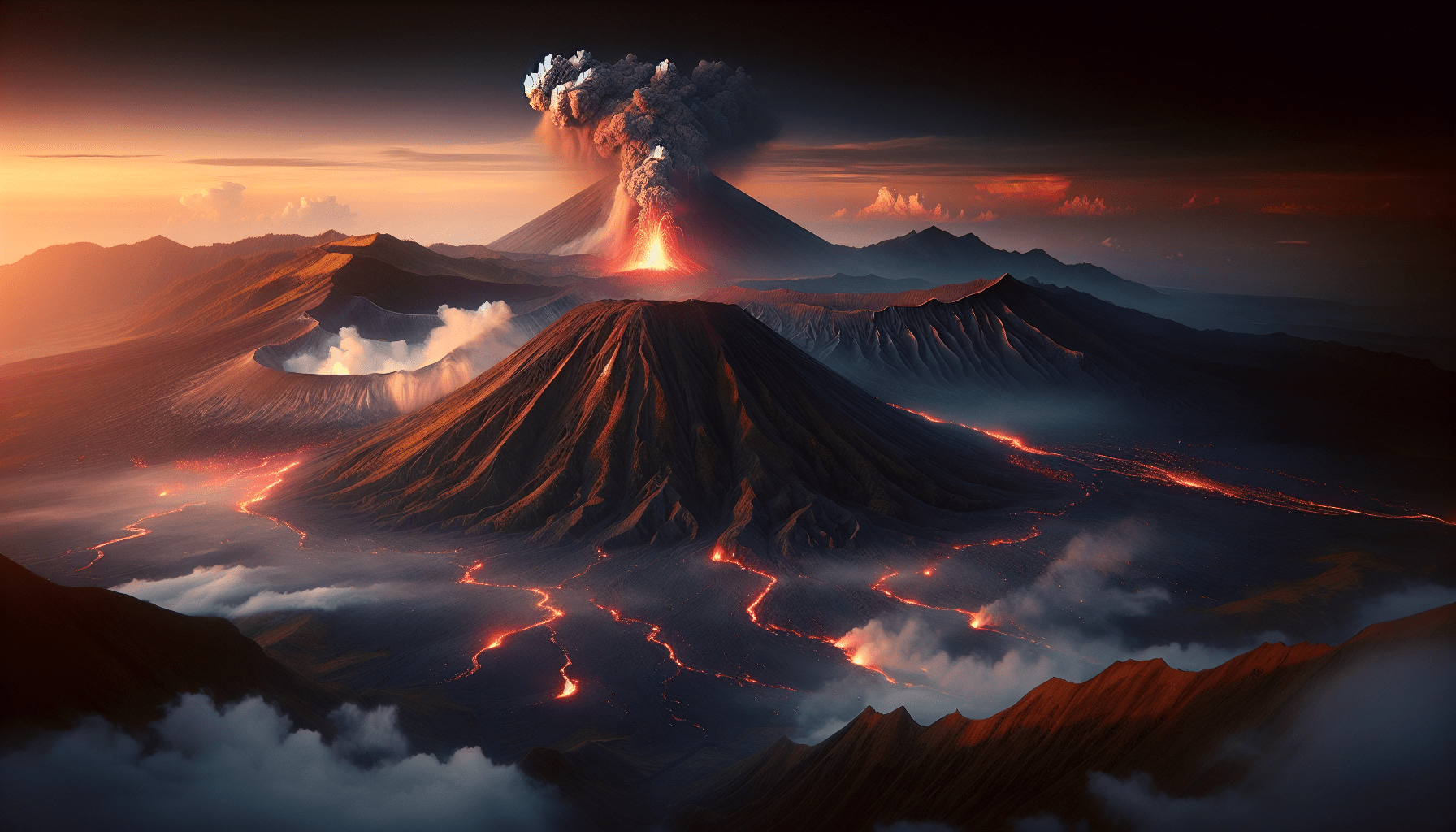
Mount St. Helens, USA
The story of Mount St. Helens is one of dramatic destruction and remarkable regeneration.
Historical Eruption of 1980
The 1980 eruption of Mount St. Helens remains one of the most significant volcanic events in U.S. history. The massive explosion reshaped the landscape, obliterated surrounding forests, and left behind a stark, otherworldly terrain. Learning about the magnitude and impact of this eruption provides a humbling perspective on nature’s raw power.
Rebuilding Ecosystem
Since the eruption, Mount St. Helens has become a living laboratory for studying ecological recovery. Vegetation and animal life have slowly but surely made a comeback, demonstrating the resilience of nature. Visiting now, you’ll witness a fascinating blend of stark volcanic landscapes interspersed with pockets of life slowly reclaiming the land.
Visitor Centers and Exhibits
Several visitor centers provide a wealth of information about the 1980 eruption and the ongoing research in the area. The Johnston Ridge Observatory offers breathtaking views of the volcano and interactive exhibits that delve into the science behind volcanic activity. Don’t miss the opportunity to watch documentaries and participate in ranger-led programs to enhance your visit.
Outdoor Activities
Mount St. Helens offers a variety of outdoor activities for adventure seekers. Hiking trails range from easy walks around the blast zone to challenging treks up to the crater rim. For those interested in water activities, nearby lakes provide opportunities for kayaking and fishing amidst stunning volcanic scenery. No matter your interest, there’s something for every nature enthusiast.
Volcano Travel Tips
Essential Gear
Packing the right gear is vital for a successful volcano expedition. Essentials include sturdy hiking boots, weather-appropriate clothing, and a reliable backpack. Don’t forget a good quality camera, water bottles, snacks, a first-aid kit, and navigation tools like maps or a GPS device. Depending on the volcano, specific gear like crampons or walking poles may also be necessary.
Health and Safety
Your health and safety should always come first. Make sure you’re physically prepared for the demanding nature of volcano treks. Acclimatize slowly to high altitudes to avoid altitude sickness. Always stay hydrated and protect yourself against the sun with sunscreen and hats. Follow all safety guidelines, and listen to local authorities and guides for updates on volcanic activity.
Best Times to Visit
The best time to visit volcanoes can vary widely based on location and weather. Generally, summer months offer clearer skies and better hiking conditions. However, for some volcanoes like Kīlauea, the activity might be more pronounced during different seasons. Research the optimal visiting times for your selected volcano well in advance for the best experience.
Environmental Impact
Remember that volcano tourism has its impact on the environment. Practice sustainable tourism by sticking to trails, minimizing waste, and respecting the local wildlife and vegetation. Small steps like using reusable water bottles and properly disposing of waste can go a long way in preserving these incredible natural sites for future generations.
Adventurous Activities
Helicopter Tours
A helicopter tour provides a bird’s-eye view of a volcano’s magnificent landscape, showing you features that are otherwise inaccessible. This thrilling experience offers a unique perspective, especially for volcanoes like Kīlauea, where you can witness active lava flows from above.
Volcano Boarding
For the adventurous spirit, volcano boarding offers an adrenaline-pumping way to explore volcanic slopes. Sit on a specially designed board and slide down the ash-covered slopes of active volcanoes like Nicaragua’s Cerro Negro. This unusual sport combines the thrill of surfing with the allure of volcanoes, making for a memorable adventure.
Camping Near Volcanoes
Camping near a volcano offers a unique blend of tranquility and excitement. Imagine stargazing against the silhouette of a volcanic peak or waking up to the sounds of nature in a geothermal hotspot. Ensure you choose designated camping areas and follow all safety guidelines to enjoy a secure and unforgettable experience.
Hot Springs
Many volcanic regions boast luxurious hot springs, perfect for unwinding after a day of exploring. Soaking in these natural thermal pools can be a rejuvenating experience, offering relaxation and therapeutic benefits. Destinations like Iceland and Japan are famous for their geothermal baths, so be sure to include a visit in your itinerary.
Volcano Photography Tips
Best Camera Equipment
When photographing volcanoes, quality equipment is crucial. A DSLR or mirrorless camera with a range of lenses will help you capture everything from wide landscapes to detailed close-ups. Don’t forget a sturdy tripod for long exposures, especially if you’re shooting in low light or capturing the dynamic scenes of volcanic eruptions.
Key Photography Spots
Research key photography spots before your trip to maximize your shooting opportunities. Whether it’s the summit of Mount Fuji at sunrise or the lava flows of Kīlauea at dusk, knowing the best spots can help you plan your shots effectively. Local guides can also offer invaluable advice on lesser-known but equally stunning locations.
Safety While Shooting
Prioritize your safety when setting up for the perfect shot. Never venture into restricted areas, and always be mindful of environmental hazards like unstable terrain or sudden volcanic activity. Keep an eye on weather conditions and carry emergency supplies, including a first aid kit, to ensure a safe and enjoyable photography session.
Editing Your Photos
Post-processing can elevate your volcano photography to the next level. Basic adjustments for contrast, brightness, and saturation can enhance your images, while more advanced techniques like HDR (high dynamic range) blending can bring out the details in both highlights and shadows. Use editing software like Lightroom or Photoshop to fine-tune your shots for a professional finish.
Volcano Myths and Legends
Global Legends
Volcanoes have inspired a plethora of myths and legends worldwide. From the wrath of gods to the creation of new lands, these stories reflect humanity’s awe and reverence for volcanic power. In Hawaii, Pele, the volcano goddess, is believed to cause eruptions to express her emotions, while in Greece, Hephaestus was said to forge weapons in volcanic furnaces.
Cultural Interpretations
Different cultures have unique interpretations of volcanoes, often linking them to spiritual or supernatural phenomena. In Japan, Mount Fuji is considered a sacred mound created by deities, while indigenous cultures in the Americas have various legends explaining volcanic activity as acts of divine will or ancestral spirits.
Historical Accounts
Historical accounts of volcanic eruptions provide fascinating insights into the relationship between humans and volcanoes. The 79 AD eruption of Mount Vesuvius, which buried the city of Pompeii, serves as a gripping tale of sudden catastrophe and human resilience. Similarly, the 1980 eruption of Mount St. Helens offers a modern narrative of nature’s overwhelming force and the ensuing recovery efforts.
Modern Myths
Contemporary myths around volcanoes often mingle with scientific understanding, creating complex narratives. Urban legends about ancient curses or lost cities concealed within volcanic sites add an intriguing layer to public fascination. While some of these stories are purely fictional, they reflect the enduring mystique and awe that volcanoes inspire.
Conclusion
Why You Should Visit Volcanoes
Visiting volcanoes offers more than just stunning landscapes and thrilling adventures; it’s an opportunity to connect deeply with the dynamic forces that shape our planet. From cultural enlightenment to ecological wonders, volcanoes provide a multifaceted travel experience that is both exhilarating and enriching.
Final Travel Tips
A memorable volcano trip requires careful planning and consideration. Always prioritize safety, respect local regulations, and practice sustainable tourism. Equip yourself with the right gear, prepare for variable weather conditions, and stay informed about volcanic activity.
Staying Safe and Enjoying Your Trip
Your safety is paramount, but that doesn’t mean you can’t have a great time. Follow local guidelines, stay on marked trails, and listen to expert advice. Balancing adventure with caution ensures not just a safe trip, but an enjoyable one.
Further Resources
For further enlightenment, delve into books, documentaries, and scientific articles on volcanic activity and geology. Engaging with additional resources enhances your understanding and appreciation, making your volcano adventures all the more compelling.



